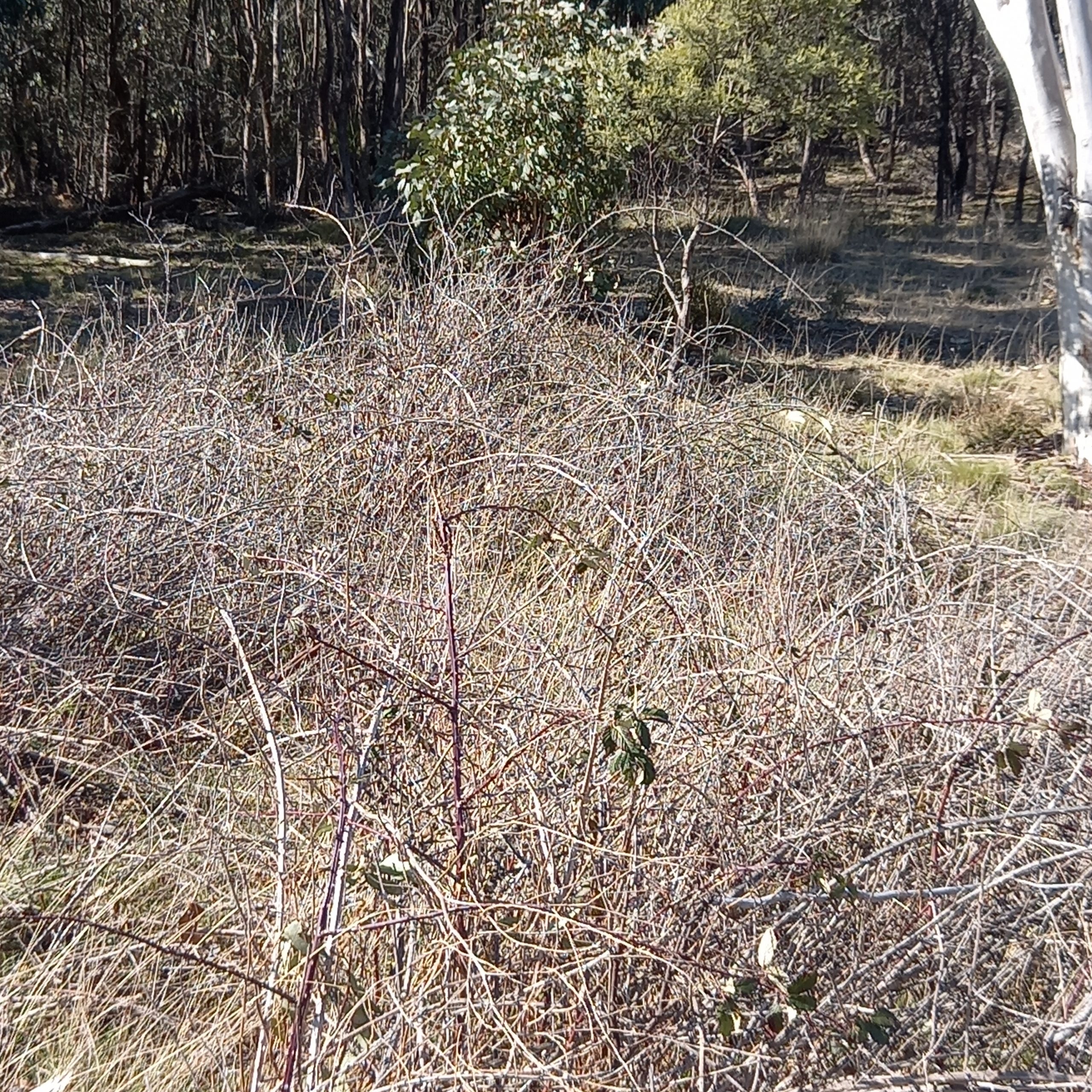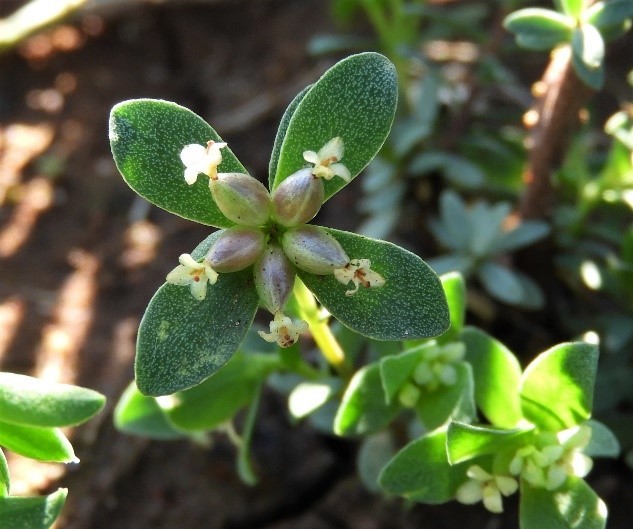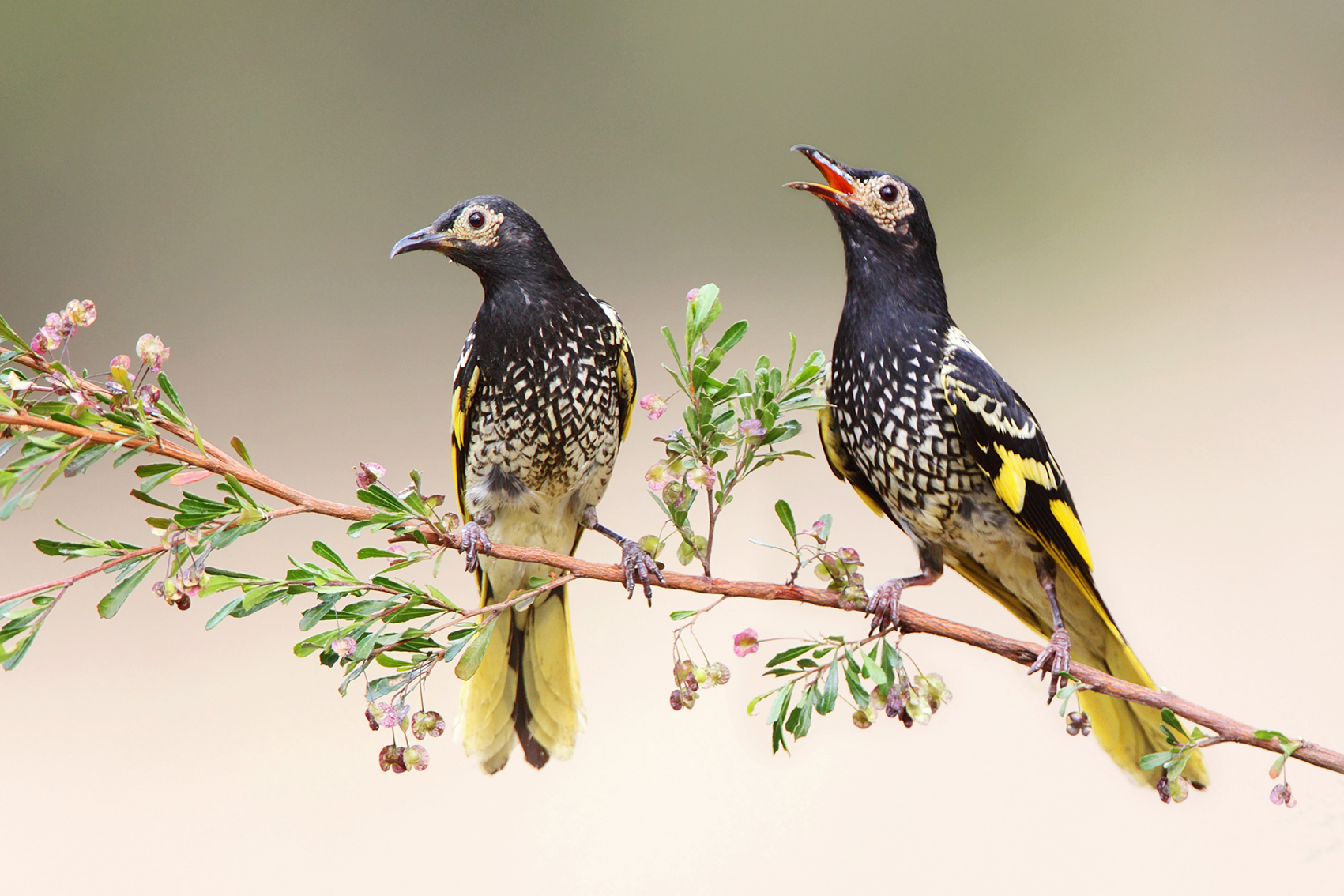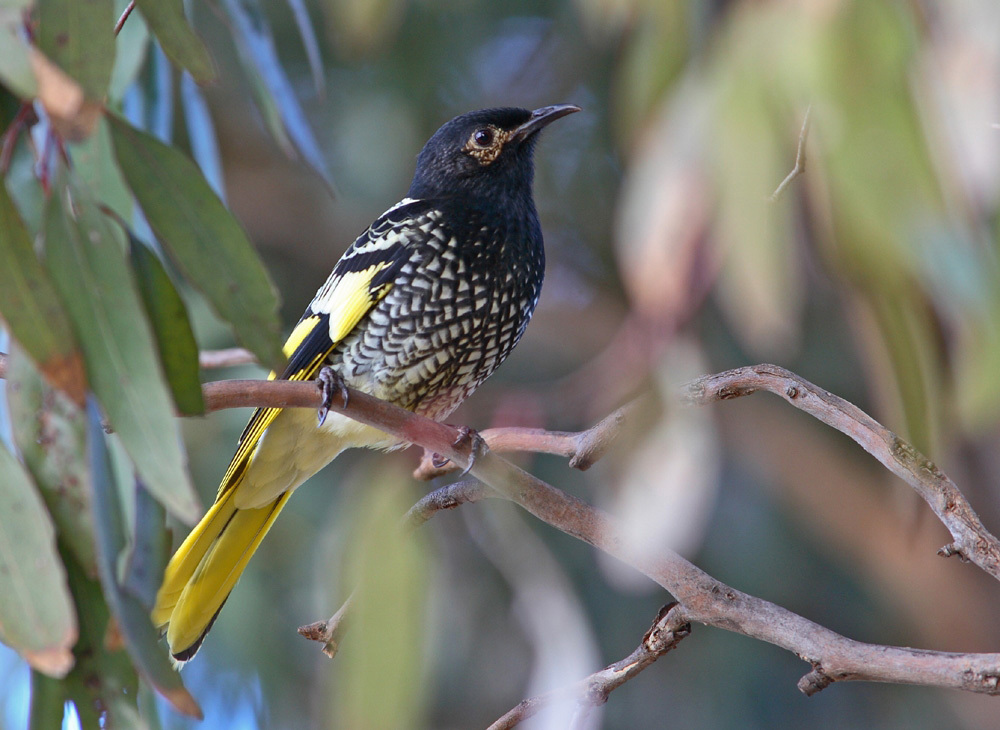Weed control help for North East landholders
Landholders with conservation covenants in North East Victoria can now get help with weed control from Trust for Nature.
All landholders with conservation covenants in the North East are eligible to apply for assistance. Covenants most at risk from high threat weeds will be prioritised.
Trust for Nature will be supporting landholders to control high threat weeds such as Blackberry, St John’s Wort, Patterson’s Curse and Privet.
Controlling weeds such as these is especially important following the impact of the 2019-20 bushfires. On properties directly impacted by the fires, weed control will help the bush recover. On other properties, weed control will help maintain habitat as a refuge for fire-impacted wildlife.
Trust for Nature will work with landholders to complete 500 hectares of weed control by April 2022. We will also be running a webinar this September with the goal of providing information to landholders with conservation covenants about importance of controlling high threat weeds.
The project will also involve upskilling landholders who feel they would like to be better equipped to manage weeds on their conservation covenants by supporting them to undertake a formal ACUP (Australian chemical user permit) certification.
This project is funded by the Landcare Led Bushfire Recovery Program through the Australian Government’s Bushfire Recovery Program for Wildlife and their Habitat. The goal of the Recovery Program is to support the recovery of wildlife and their habitat in regions of Australia affected by the 2019-20 Black Summer bushfires.
If you are a landholder with a conservation covenant in the North East catchment, and you would like to an express an interest in being assessed for weed control support under this project, please contact Gabi Bridge, Conservation Officer, 0400 863 307, gabib@tfn.org.au.

Controlling weeds like Blackberry (left) will give fire-affected habitat the best chance to recover.


